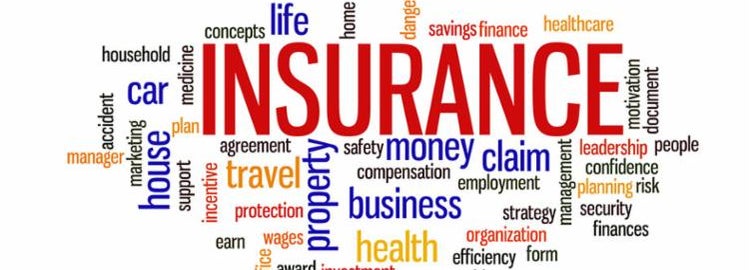It is no understatement that insurance can be very confusing. And to make things even more challenging, at times it probably seems like insurance websites and policy documents are written in a completely foreign language.
Of course, that’s why we recommend working with an independent agent-someone who is on your side during the process and who can explain everything you need to know.
Even if you do work with an independent agent, however, it’s good to have a little basic knowledge about insurance. Below are definitions for some common terms that will help you understand your coverage a little better.
Here are explanations of some common insurance terms:
- Premium: This is the amount of money you pay to your insurance company to maintain your insurance coverage. It is usually paid on a regular basis, such as monthly, quarterly, or annually.
- Deductible: A deductible is the amount you must pay out of pocket before your insurance policy starts covering the costs of a claim. For example, if you have a $500 deductible on your auto insurance policy and you incur $1,000 in damages, you would pay the first $500, and your insurance would cover the remaining $500.
- Policy: This is the formal written contract between you and the insurance company. It outlines the terms, conditions, coverage, and limitations of your insurance.
- Coverage: Coverage refers to the specific protections and benefits provided by your insurance policy. Different types of insurance (e.g., auto, home, health) offer different types of coverage.
- Beneficiary: In life insurance, a beneficiary is the person or entity (e.g., a family member) who receives the policy’s proceeds when the insured person passes away.
- Claim: A claim is a request you make to your insurance company to receive compensation for a loss or damage covered by your policy.
- Underwriting: This is the process that insurance companies use to evaluate the risk of insuring a person or property. It involves assessing factors like age, health, driving record, and more to determine the cost and terms of a policy.
- Coverage Limit: The coverage limit is the maximum amount that an insurance policy will pay out for a covered loss. For example, if you have a $100,000 coverage limit for personal liability on your homeowners insurance, the policy will pay up to that amount for covered claims.
- Rider or Endorsement: A rider or endorsement is an amendment or addition to an insurance policy that modifies the terms or extends the coverage. For example, you can add a rider to your homeowners insurance policy to cover expensive jewelry.
- Exclusion: An exclusion is a specific event or circumstance not covered by the insurance policy. It’s important to understand these exclusions as they define what the policy will not pay for.
- Policyholder: The policyholder is the person or entity that owns the insurance policy and pays the premiums.
- Indemnity: Insurance is often referred to as indemnity because it aims to restore the policyholder to the same financial position they were in before a covered loss occurred.
- Liability: Liability insurance covers the policyholder’s legal responsibility for injuries or damages to other people or their property.
- Peril: A peril is a specific event or circumstance that can cause loss or damage, such as a fire, flood, or theft.
- Umbrella Policy: An umbrella policy is a type of insurance that provides additional liability coverage beyond the limits of your standard policies, like auto and homeowners insurance.
These are just a few of the many terms you might encounter in the world of insurance. It’s important to read and understand your insurance policy to know exactly what it covers and what it doesn’t. If you have questions, don’t hesitate to ask your insurance provider or agent for clarification. Better yet, when was the last time you had a comprehensive policy review? Let The Major Agency perform a free coverage review for you. Call NOW 470 641 1304.






Leave A Comment